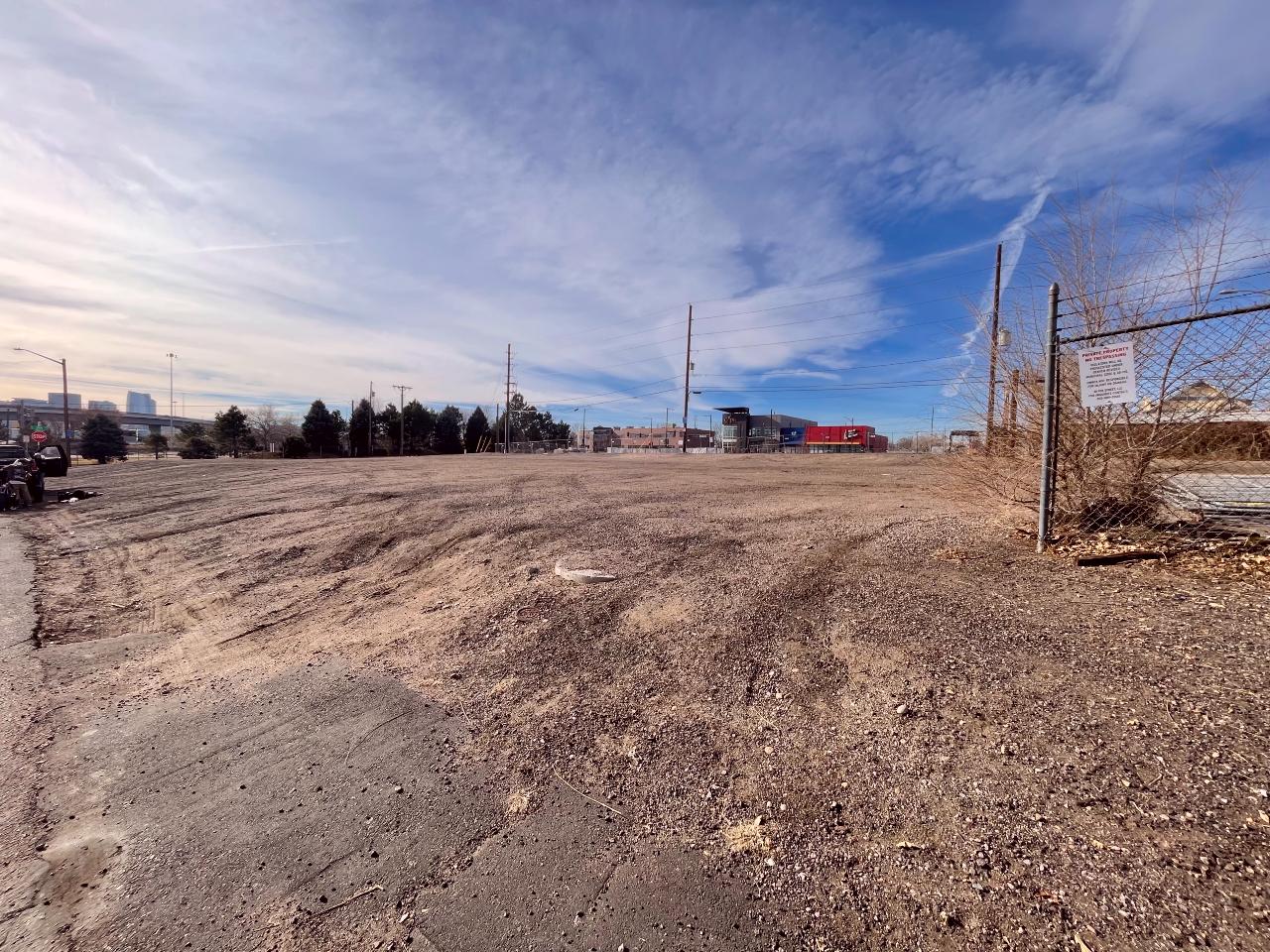The answer was an easy one for Phish Reed, who was slouched on a bench at Denver's most visible bus stop, Broadway and Colfax Avenue.
"Love it," he said, when asked about his stance on the RTD's planned improvements for the 15 and 15L bus lines.
Over the next year, RTD will install new bus shelters, benches, trash cans and digital displays with real-time bus information at bus stops along the popular Colfax line, which carries more than 22,000 people daily and is trumped in ridership only by the free 16th Street Mall shuttle.
Transit riders can expect a speedier ride, too, because special signals, lane markings and bus inlets will prioritize public transit over cars at intersections.

In all, RTD will redo 37 bus stops in one way or another -- 19 stops will receive shelters and six will receive screens -- between Broadway in Denver and Potomac Street in Aurora.
For Reed, it's about comfort and dignity.
"For when it rains, know what I mean, snows -- and put some benches in there," he said. "You'll see a lot of people coming from work and stuff like that wanting to sit down. They don't want to be standing up waiting for the bus."
Shelters at Colfax and Broadaway will be a return to the past.
Colfax bus riders are quick to tell you that the Broadway stops once had canopies to keep people out of the elements. But they were vandalized and supposedly gave people a secure place for shady activity.
"They used to have them but then the gang members or whoever started breaking the glass, doing graffiti on it," said Belinda Schutter, a frequent 15 rider.

The city actually requested that RTD remove shelters, spokeswoman Lisa Trujillo told Denverite, and bus riders have been without shelter ever since.
Denver's new bus shelters will be transparent. They'll also have security cameras keeping tabs on people, said Dave Genova, RTD's CEO and general manager.
Think of these upgrades as a precursor to the more intense bus rapid transit project.
Denver's still on track to turn the 15 and 15L into a bus rapid transit line, which essentially functions like a train without the track. Two center lanes will become bus-only lanes, with stations down the centerline with enhanced crosswalks for pedestrians.

That project is not fully funded. For now, RTD and the city are relying on the bus stop upgrades and 16 traffic signals that give buses (and by default, cars) a longer green light as they approach the intersection.
Denver installed 14 of these "transit priority signals" last year, which has yielded in an average savings of two minutes for bus riders, RTD transportation planner Liwei Tung told Denverite. The transit agency will add two this year.
Zooming out, these upgrades align with the Hancock administration's stated goal of increasing transit trips while decreasing solo driving trips. Those things have not happened yet -- nearly 70 percent of commute trips are by car, alone, according to U.S. Census estimates -- but Mayor Michael Hancock still touted the changes.
"The reality is, it's not sustainable with our growth, and it's not healthy for us to maintain that level of SOVs," Hancock said.
The upgrades cost $11 million, and were funded in partnership with the Denver Regional Council of Governments, the Federal Transit Administration and RTD.












